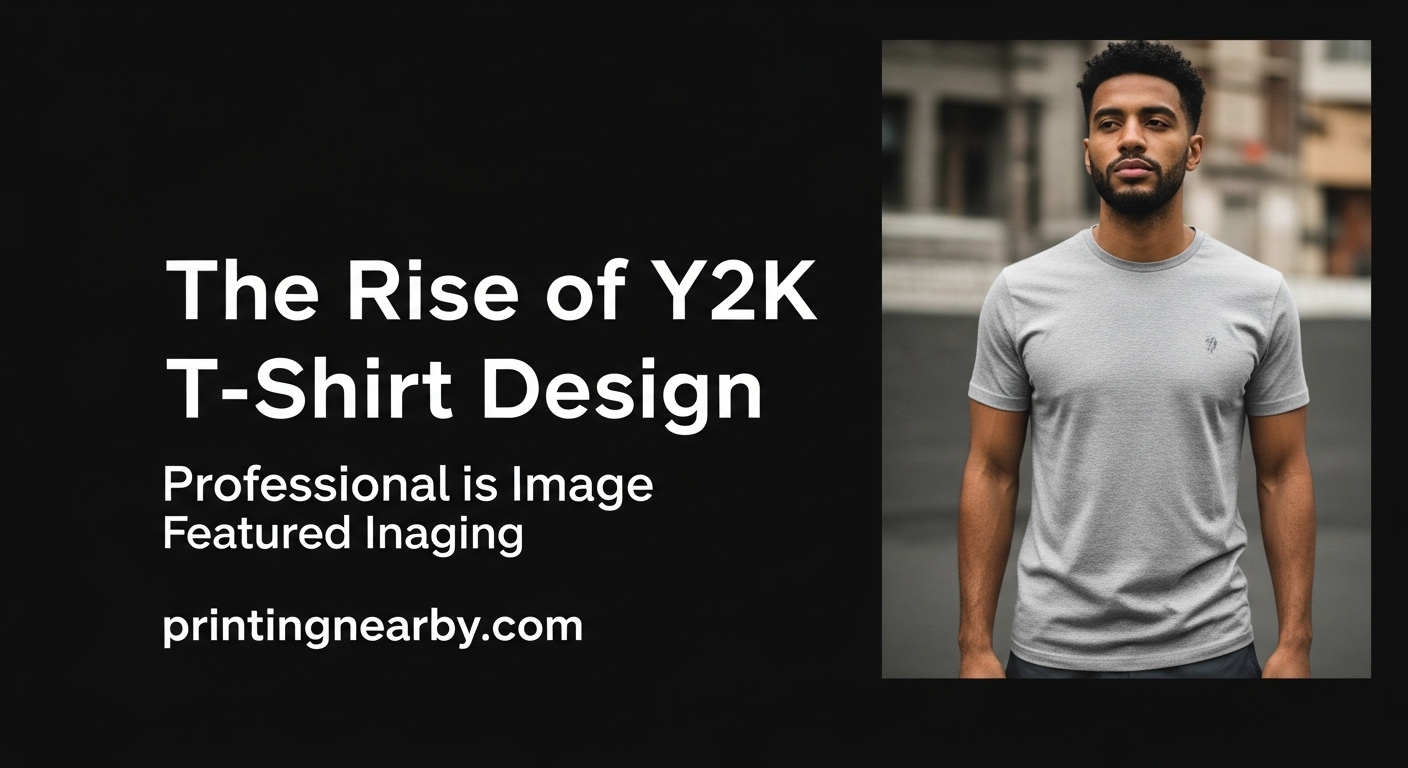
T-shirt printing is both an art and a business. Whether you’re a small clothing brand, an established print shop, or a DIY hobbyist, improving your print quality while lowering costs is key to standing out in a competitive market.
In this guide, you’ll discover the best t-shirt printing techniques, tools, and tips that help you deliver professional results without breaking the bank. Let’s explore how to work smarter, not harder, in the world of custom apparel printing.
1.Best T-Shirt Printing Techniques

2. Understand the Right Printing Technique for Your Goals
Choosing the wrong method can lead to poor quality, wasted materials, and higher costs. The first step is knowing which technique fits your needs.
- Screen printing is great for bulk orders and simple designs.
- DTG (Direct-to-Garment) works best for full-color, complex art in small runs.
- DTF (Direct-to-Film) is versatile and cost-efficient for various fabrics.
- Heat transfer is ideal for personalized or on-demand printing.
Example: A designer launching a small batch of colourful shirts should consider DTG or DTF instead of screen printing.
3. Use High-Resolution Artwork and Proper File Formats
Quality prints start with quality artwork. Low-res images can result in pixelation, blurry edges, or misaligned colours.
- Use vector files (AI, EPS, or SVG) for logos and sharp text
- For photo prints, use at least 300 DPI resolution
- Save files in CMYK color mode to ensure color accuracy in print
4. Optimize Fabric Selection Based on Printing Technique
Not all t-shirts are created equal. Your fabric choice directly affects print clarity, durability, and ink absorption.
- Cotton works best with DTG and screen printing
- Polyester is ideal for sublimation and DTF
- Blends can support HTV and DTF, but test before printing
Example: Using DTG on a polyester shirt can cause ink to fade or wash out quickly.
5. Pre-Treat and Cure Properly for DTG and DTF
DTG and DTF printing require proper prep and curing to ensure ink bonds correctly to the fabric.
- Use pre-treatment solution for DTG prints on dark garments
- For DTF, apply adhesive powder evenly and cure film at the right temp
- Use heat presses with accurate pressure and temperature control
6. Maintain Your Printing Equipment Regularly
Poor machine maintenance leads to bad prints, wasted materials, and increased downtime.
- Clean printheads, screens, or heat plates after every job
- Calibrate equipment monthly for accurate results
- Replace worn squeegees, nozzles, or filters on schedule
7. Use Quality Inks and Materials
Cheap inks may save upfront costs but often fade, crack, or bleed—hurting your brand in the long run.
- Choose inks from trusted brands compatible with your printer
- Store ink in cool, dry conditions to extend shelf life
- Use high-quality transfer paper, vinyl, or film for better application
8. Leverage Print-On-Demand and Batch Printing Tools
Efficiency equals savings. Use software and platforms that streamline your printing process.
- POD tools like Printful, Gelato, or Printify automate fulfillment
- RIP software improves ink usage and color control for DTG/DTF
- Batch processing saves time for multi-shirt orders
Example: A small brand can scale faster using POD integrations instead of managing stock.
9. Monitor and Reduce Ink Usage Strategically
Ink is one of your biggest variable costs—managing usage helps lower expenses without sacrificing quality.
- Adjust artwork to use less ink-heavy fills
- Use RIP software to control droplet size and layering
- Print test swatches to find the lightest usable ink setting
10. Train Your Team (or Yourself) on Best Practices
Human error is a major source of waste in printing. Whether you’re solo or have a team, education pays off.
- Train staff on press operation, curing times, and file prep
- Use checklists to maintain consistent workflows
- Host weekly reviews to catch and fix small mistakes early
11. Offer Value-Added Services to Increase Profit Margins
Improving profitability isn’t just about cutting costs—it’s also about boosting the value you deliver.
- Offer custom packaging or branding options
- Create limited-edition or seasonal collections
- Use premium inks or finishes (metallic, glow-in-the-dark, puff ink)
Final Thoughts
In the fast-moving world of custom t-shirt printing, efficiency and quality go hand in hand. By choosing the right printing technique, using high-quality materials, maintaining your equipment, and leveraging modern tools, you can produce better prints while lowering your costs. Whether you’re running a busy shop or printing from home, these tips will help you stay competitive in 2025.
Frequently Asked Question
What are the best printing techniques for t-shirts?
Screen printing, DTG, DTF, and sublimation are top choices depending on design detail, quantity, and fabric type.
2. How can I reduce printing costs without lowering quality?
Order in bulk, use cost-effective methods like DTF, simplify designs, and automate parts of your workflow.
3. What tools do I need to start t-shirt printing?
You’ll need a printer, heat press, design software, and materials like ink, film, or vinyl—depending on the method.
4. Is screen printing or DTG better for bulk orders?
Screen printing is faster and more cost-efficient for large orders, while DTG suits small batches with detailed art.
5. Which printing method lasts the longest?
Screen printing and DTF offer high durability and can withstand frequent washing without fading.
6. Can I start a t-shirt printing business from home?
Yes, many start at home with compact equipment like DTF or HTV and sell through online platforms.
7. How do I choose the right printing technique?
Base your choice on fabric type, order size, design detail, and budget—DTF and screen printing cover most needs.



